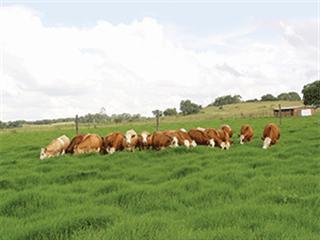Melons are notoriously susceptible to a fairly wide range of diseases and for this reason, areas with safer climatic conditions are usually selected for production. But sufficient varieties in a class are needed to select a suitable powdery mildew-resistant one.
What is important for the farmer to be aware of is that any disease on the leaves of the plant will have a profound effect on the taste of the melon. It might look just the same as a healthy melon, but will have less sugar and flavour. For this reason, farmers should never assume that because the melons are almost ready to harvest they don’t have to spray. As plants get closer to maturity, they become more susceptible to disease.
Another disease which can devastate a crop is fusarium. This fungus attacks the root system and causes the plants to collapse as though they were cut with a knife near the roots. This disease is much more prevalent in wet conditions, especially with poor soil aeration and necessitates as long a rotation as one can afford. But many melon varieties are now resistant to the three main strains of this disease.
Another wilting disease is gummy stem blight, which is a major disease in some countries, but not too severe here. It’s a fungus which enters the plant through wounds. The stems tend to crack and dry out and black conidia can usually be seen. A reddish exudate can also appear on infected stems. The disease progressively causes the whole plant to wilt.
Downy mildew can be a devastating disease in moist climates and is first noticed as yellow spots on the leaves. The trick is early control and staying on top of it. Fortunately there are resistant varieties and effective fungicides these days. Alternaria causes brown spots with pale centres to develop on the leaves and the concentric rings which develop make diagnosis relatively simple. Fruit is also susceptible. There are suitable fungicides which are effective if one starts control early. There are also resistant varieties.
Anthracnose (rooiroes) is a disease which can be very difficult to control. It manifests as reddish brown spots on the leaves. There are some varieties with resistance and tolerance. Once again, spraying needs to be started early. – Bill Kerr ((016) 366 0616 or e-mail [email protected]). |fw









